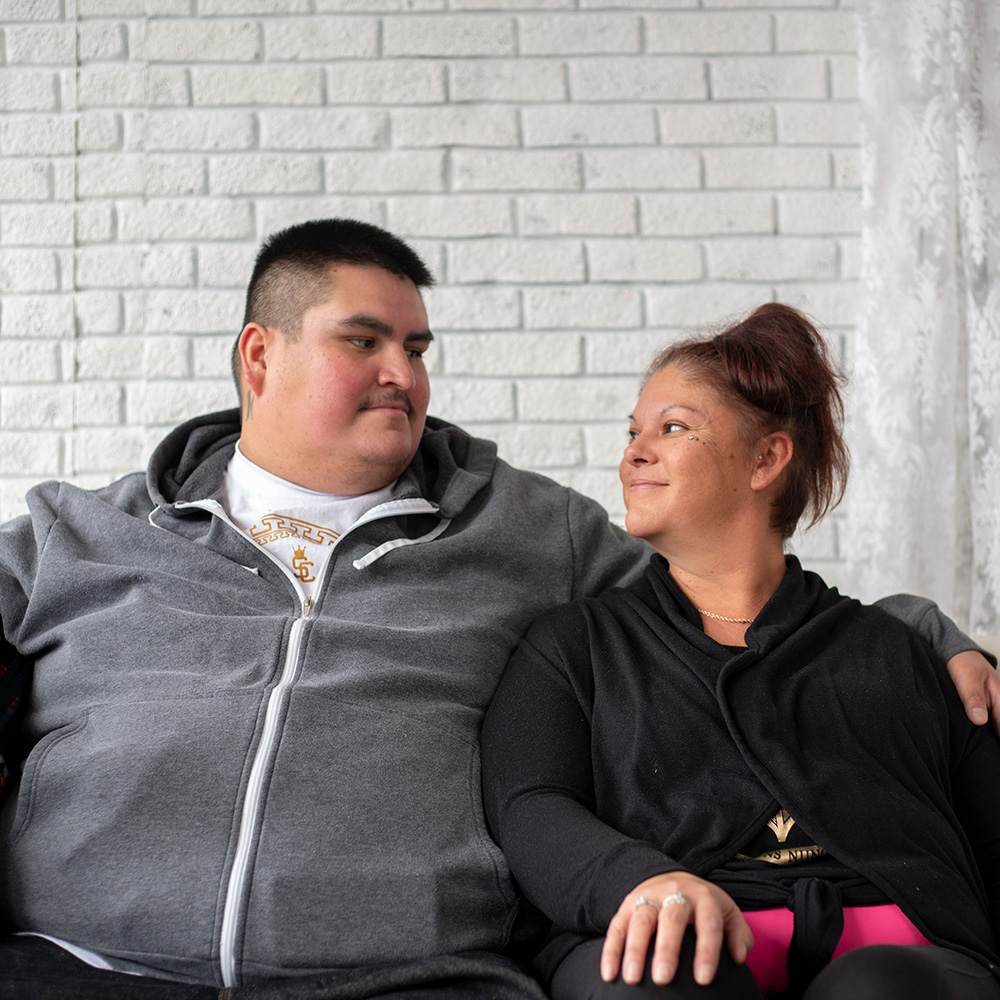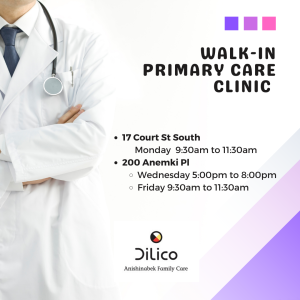Child Welfare
Just like our communities, families are stronger together.
Child Welfare Services work to promote and enhance family strengths to ensure that the health, safety and well-being of Anishinabek children and families are upheld and protected.
With a focus on prevention, early intervention and protection, and in partnership with families and communities, children are cared for with respect for their cultural background and overall quality of life.
The Mikinaak Service Model
Mikinaak is a sacred Anishinabek Teaching that symbolizes an approach to life with a sense of purpose. It represents Dilico’s Service Model for Customary Care that draws on local traditions of caring in order to ensure that children remain a part of the family, extended family and First Nation community.
The Evolution of Care and Development of the Mikinaak Service Model
Since designation on April 1, 1995, Dilico’s child welfare program has used traditional teachings, wisdom and practices of customary care.
In 2011 – 2012, several Elders gathered from the Robinson-Superior Treaty area and named the customary care model Mikinaak, which means turtle in Ojibway. The teachings and strength of the turtle pushed the use of customary care services at Dilico to the next level of cultural competency and relevancy for Indigenous children, families and communities.
In 2012, with the support of the Elders and the First Nation community’s knowledge and skills, a defined approach was taken to address child protection matters. Frequent case conferencing and providing supports to the entire family led to more children staying at home with their caregivers. The overall concept focused on healing instead of apprehension.
Today, the Mikinaak Model of Care is still the guide Dilico follows, utilizing the wisdom and strength and a guided culturally appropriate response to child protection matters.
4 R’s : Reassessment, Reunification, Repatriation and Reconciliation
Child protection in Ontario assesses the risk of a child, which leads to families being involved in the child welfare system. Part of the Mikinaak Model of Care is to continue to assess risk, but also look at opportunities for families to reunify, and to repatriate children back home to their families and communities.
For families who struggle with addictions, violence, abuse and neglect, the Mikinaak approach seeks to understand the underlying and historical trauma, and provide support and healing for parents to be able to safely care for their children.
As we continue to evolve, we are ready to move to the next phase of our model – Reconciliation. This will be an opportunity to reconcile with children, family and communities regarding the effects that the child welfare system historically had on Indigenous families in Ontario.


